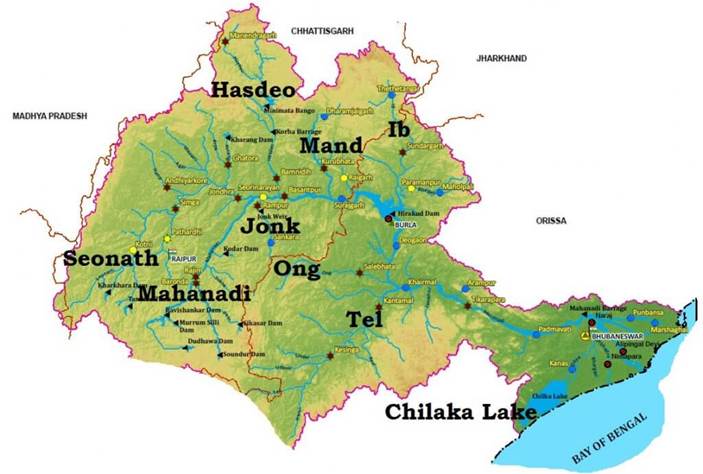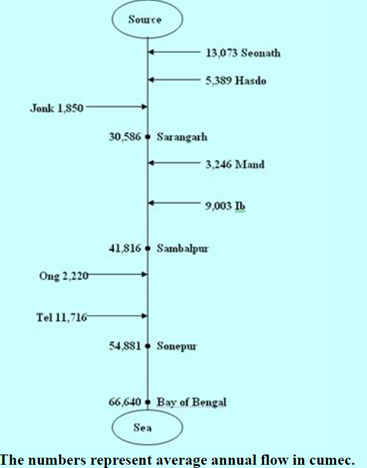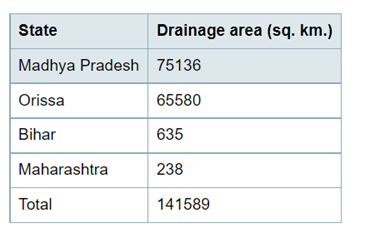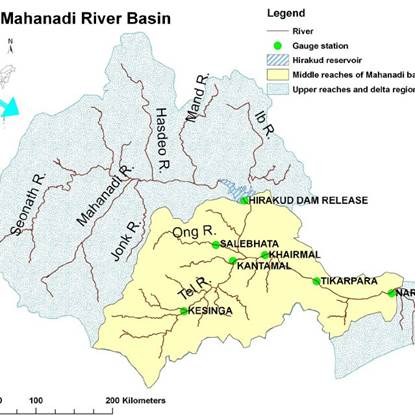Free Courses Sale ends Soon, Get It Now


Free Courses Sale ends Soon, Get It Now



Disclaimer: Copyright infringement not intended.
Context
Course

Physiography

Major Projects
Tributaries

Urban Centres and Industries
© 2024 iasgyan. All right reserved